Perri Cutten: A Timeless Legacy in Fashion
Remembering Perri Cutten: A trailblazing Australian fashion designer whose timeless elegance and...
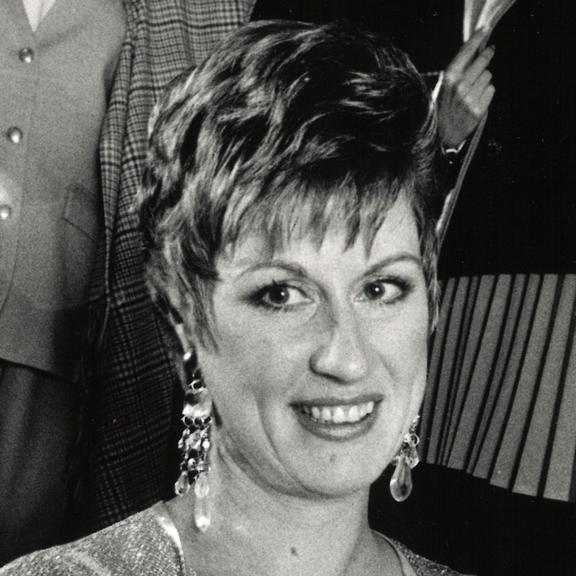
 Search...
Search...
The 1960s was a decade filled with tumultuous moments, inspiring world events and some of the most memorable moments in music history. It saw the sale of the first contraceptive pill, sparking the demand for equal pay and equal work for women, the Vietnam War, mankind's first moon walk and Beatlemania brought a hysteria never before seen. Let's take a trip down memory lane and remember what was - the 60s.

On 21 July 1969, the world watched Neil Armstrong take mankind's first steps on the moon thanks to the transmission feed from Apollo 11 to Honeysuckle Creek Tracking Station in Canberra and Parkes Observatory in New South Wales. The Australian signals received on this historic day were relayed to NASA and then broadcast to an estimated 600 million people around the world. It was the largest TV audience of the time and created a memorable experience that connected the world. Australia's role in assisting NASA was an incredible example of humanity working together to achieve a common dream.
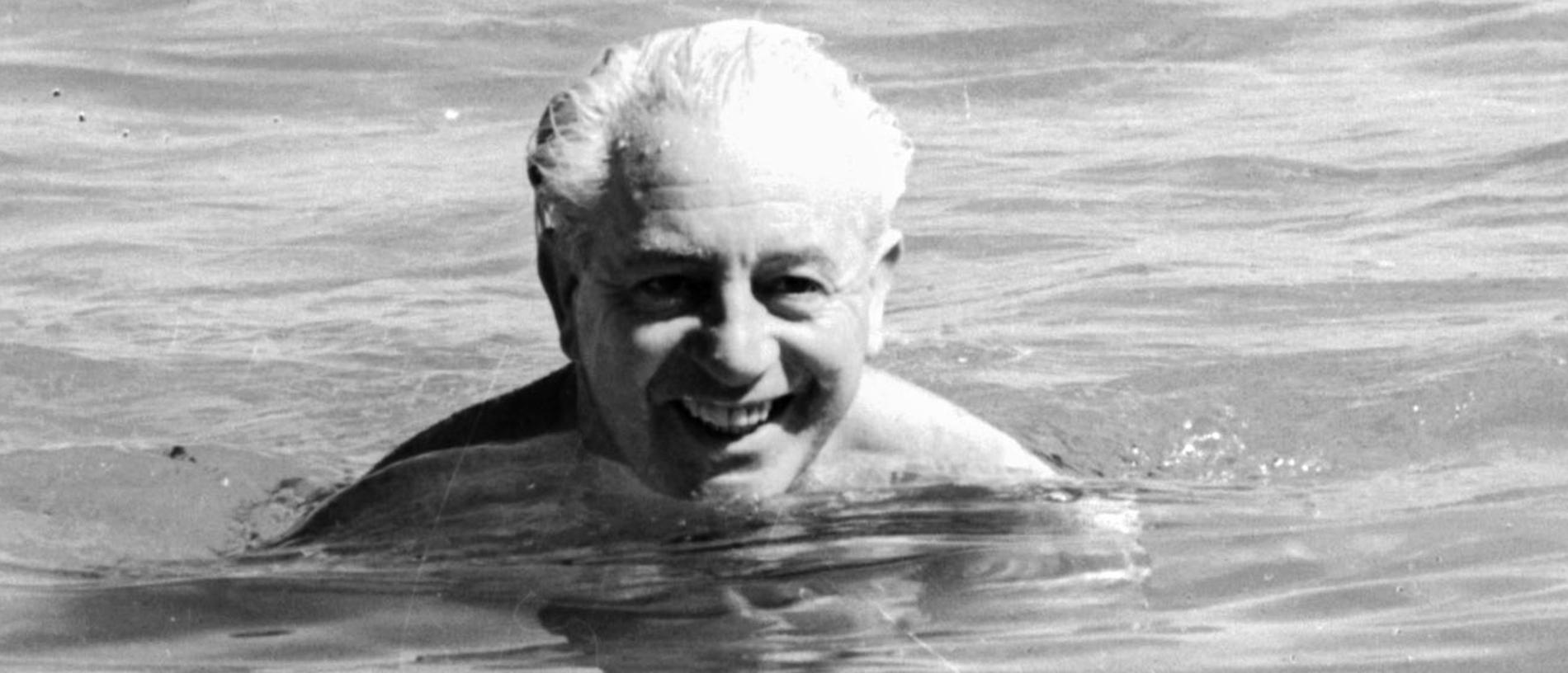
On a typical summer day in the seaside town of Portsea, Victoria, Harold Holt, the Prime Minister of Australia, went for a swim and never came back. His disappearance on 17 December 1967, sparked an enormous search operation around the Cheviot Beach area; his body however was never found. Although most agree his disappearance was an open and close case of accidental drowning, conspiracy theories believe something more sinister was at play: he was assassinated by the CIA because he intended to pull Australian troops out of Vietnam, he faked his own death to be with a lover and the most famous suggestion that a Chinese submarine dragged him aboard, which his wife Zara denied saying he "didn't even like Chinese food".
The contraceptive pill 'Anovlar' first went on sale in Australia February 1961 and brought with it significant changes to women's lives. The pill gave women the freedom to avoid unwanted pregnancies and the ability to plan parenthood. Women had control of their bodies for the first time which saw them entering the workforce more than ever before. The change also sparked a women's movement asking for improved health care, better childcare and freedom from sexual violence and equal pay for equal work.
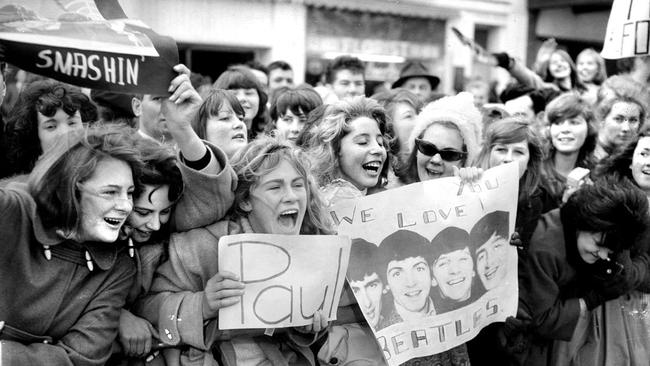
The Beatles first world tour kicked off in 1964 and at 6.30am on 11 June 1964, the iconic band flew into Sydney Airport where they captivated a nation that would never again be the same. It is said Beatlemania was more intense in Australia than anywhere else in the world - the histaria around the Beatles tour lasted 13 days.
The following year on 22 January 1965, The Rolling Stones launched their Far East Tour - the first tour of Oceania by the band. Obviously having enjoyed their visit, they returned in 1966 with the Kinks. In April of the same year, Bob Dylan hit Australian shores in his first tour of the country, supported by The Band.
English rock band The Who first toured Australia on 28 January 1968 with support act Small Faces. A flight incident in Sydney saw the band briefly arrested in Melbourne and forced to leave the country. Prime Minister John Gorton even sent them a telegram telling them to never return - which they didn't again until 2004!
Australian pop singer John Farnham (Johnny Farnham at the time), released his first solo single, Sadie (The Cleaning Lady) on 27 November 1967 which went to Number 1 and was the largest selling single in Australia by an Australian artist in the 1960s.
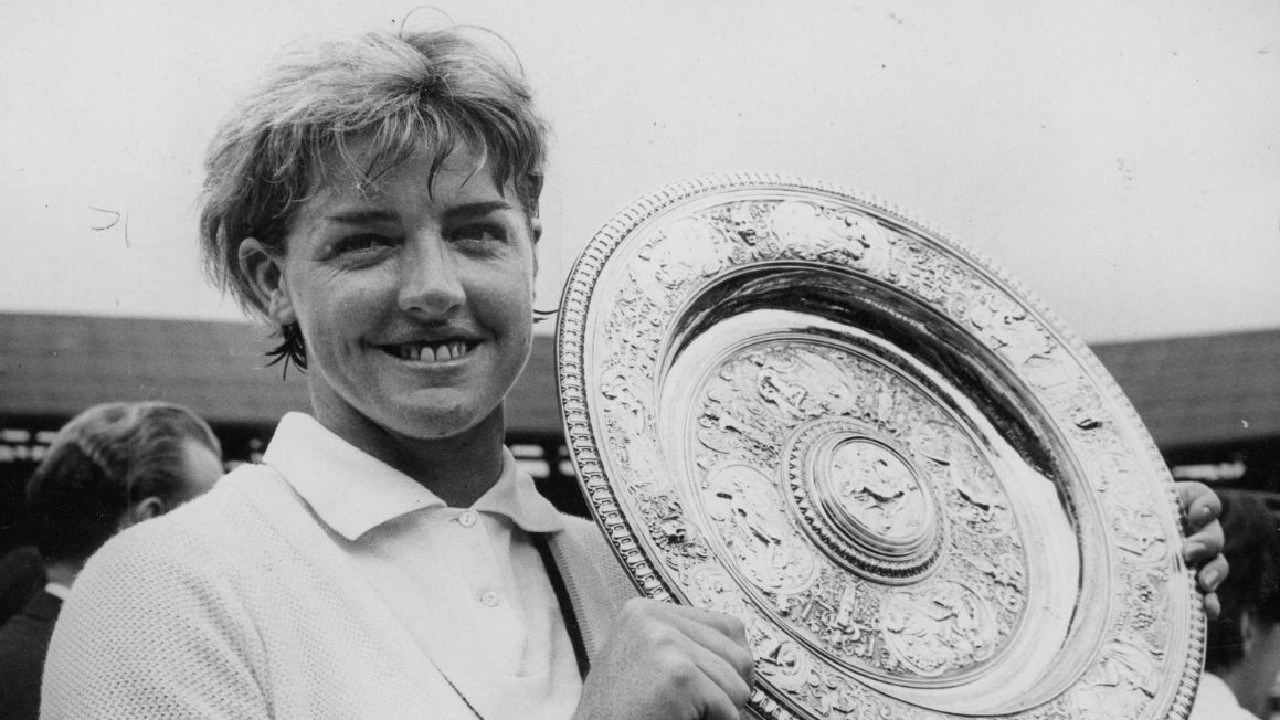
Australian television was launched in 1956 and by the 1960s it had begun to attract large audiences, consequently changing how Australian's viewed sport forever. The increased coverage of sport on television ment some footballers gained widespread celebrity buzz for the first time.
The Australian Rules Football (AFL) was a state only based game and a national based competition had yet to be established.
Australia ranked well as a tennis nation during the 1960s thanks to players like Ken Rosewall, Neale Fraser, Lew Hoad and Rod Laver. Throughout the 1960s, Australia won the Davis Cup an incredible seven times and the Wimbledon men's singles title eight times. One of Australia's most talented female tennis players, Margaret Smith Court, smashed the international scene in 1960 where she won 62 singles and doubles Grand Slam titles - incredible!
The dawn of the 'grommet' lifestyle culture saw The International Surfing Federation launch the first World Surfboard Championships on Manly Beach in Sydney in the summer of 1964. Local surfer Bernard 'Midget' Farrelly won the title.
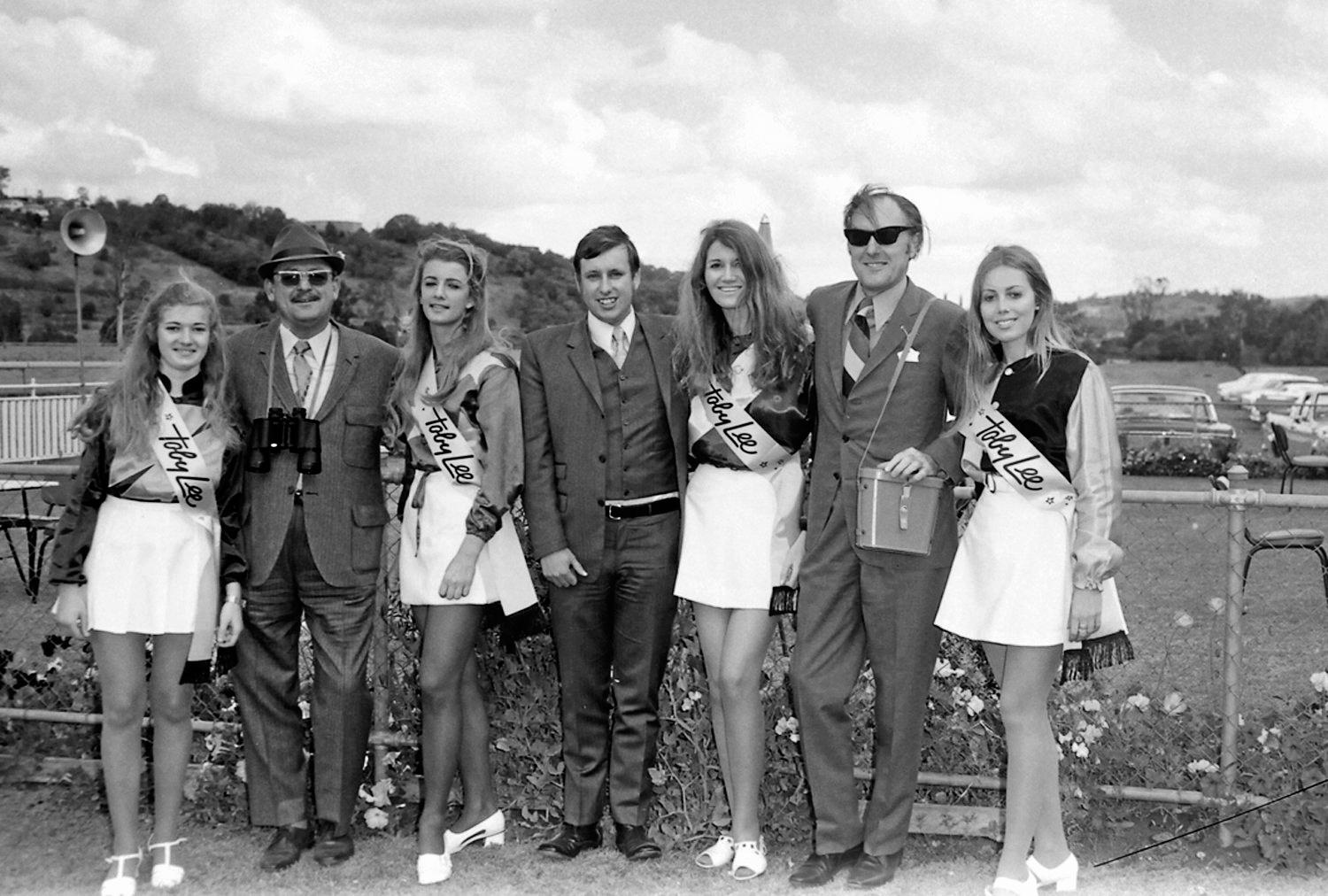
Australia's great social change during the 1960s meant the baby boomer generation wanted to express their own type of style. Rebellious designers took risks and used colourful fabrics and daring designs that the younger generation instantly gravitated towards. The most famous design saw the rise of hemlines with the famous mini-skirt - scandalous at the time it exposed more skin than ever publicly seen before.
What says 60s more than Hippies!? They're views matched their perspectives on life and new found passion for peace, love and freedom - and a rebellious fashion style went along with it. Fashion for Hippies saw headbands, floppy hats, flowing dresses, beads with jeans and tie-dyed shirts.
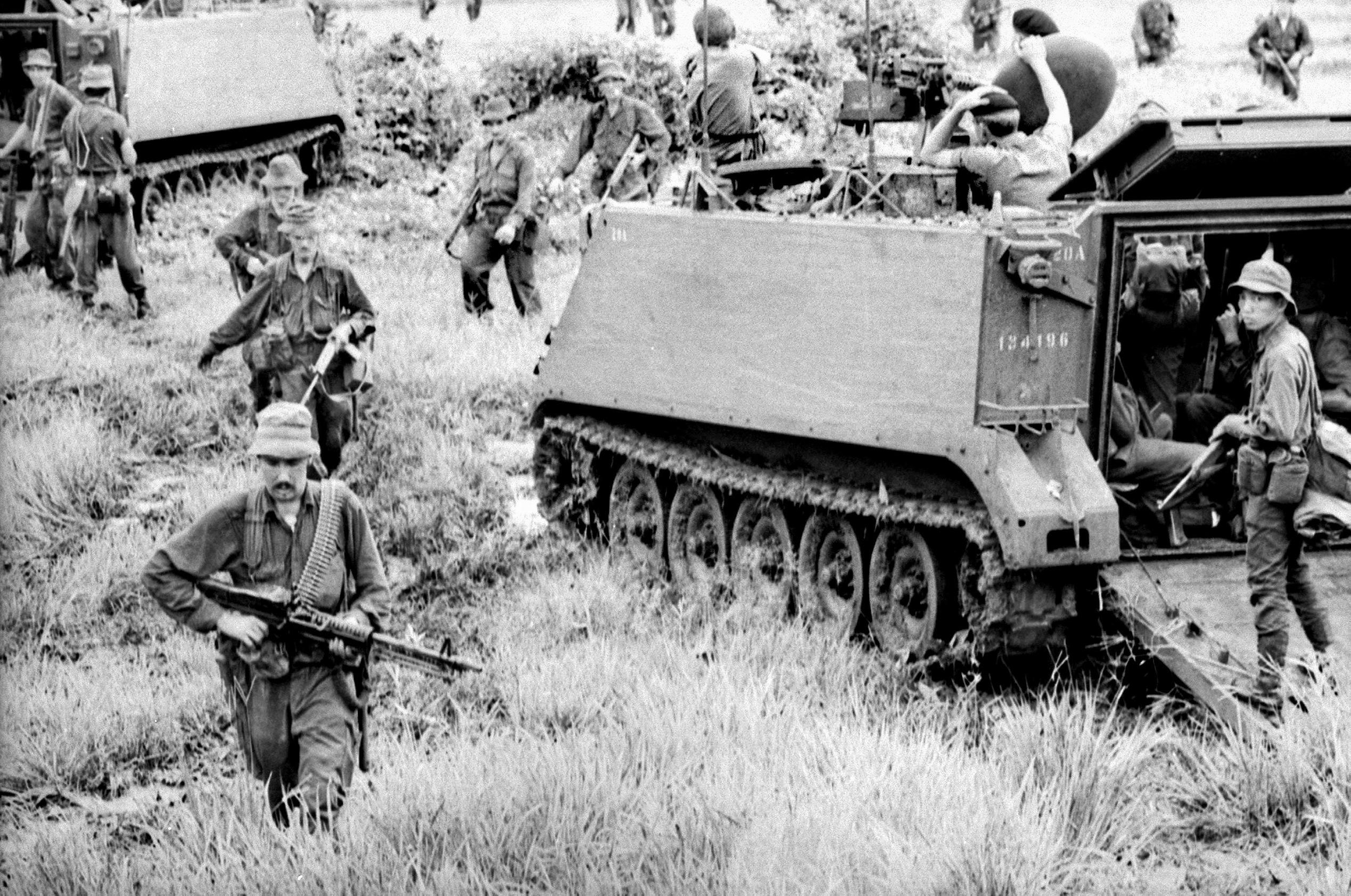
Australia became involved in the Vietnam War in 1962 with a commitment of 30 military advisors initially which increased to 7,672 by April 1965. When Australia eventually withdrew in 1972 approximately 60,000 Australians served - 521 people lost their lives and over 3,000 were wounded. The Vietnam War became Australia's longest war, surpassed recently by Australia's long-term commitment to the War in Afghanistan.

In 1964 a dispute between miners and management rocked Mount Isa Mines (MIM) for nine months. A tumultuous time in the city, the dispute was led by miners, predominantly by worker Pat Mackie, who were fighting for better pay and conditions. On 10 December, Premier Nicklin issued an order demanding MIM employees return to contract work, where police powers enforced it. It was declared a state of emergency on 27 January 1965, after police were permitted to cordon off Mount Isa, enter peoples homes without warrants, and seize any strike materials found. This order came with huge community outcry and was withdrawn four days later. The dispute tapered off in February and March, when enough miners returned to work to resume production. Many workers' demands were eventually met in the MIM Award of June 1965.
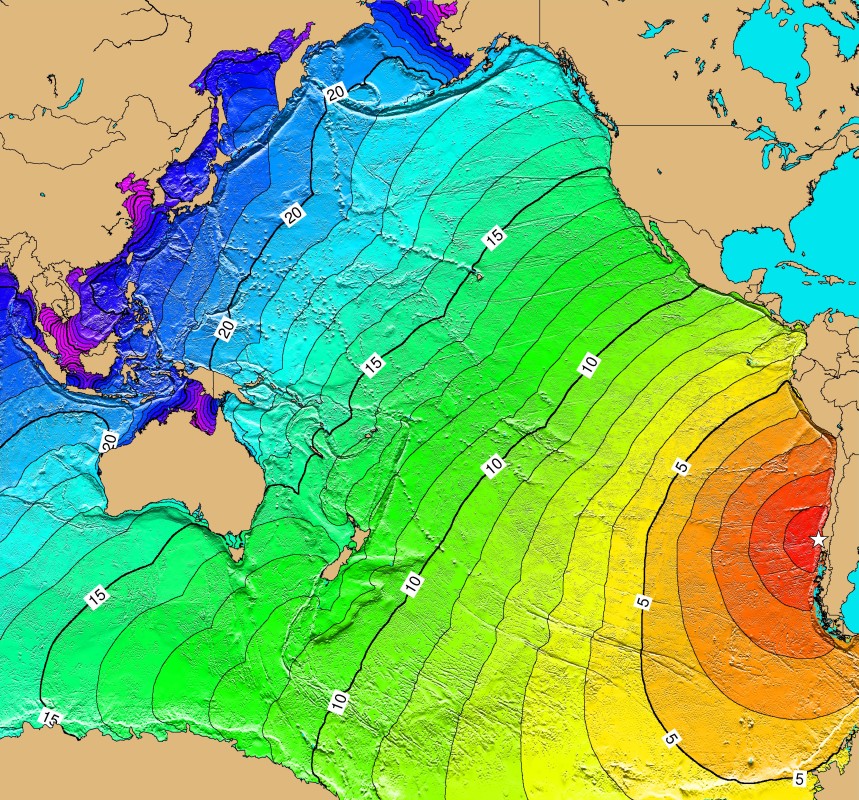
In the early hours of 23 May 1960, a 9.5 Mw earthquake struck the coast of southern Chile - the largest earthquake ever instrumentally recorded in the world. It's effects created a tsunami that was so widespread it not only reached the coast of Chile, but across the Pacific in Hawaii, Philippines, USA, Australia and Japan. With no morning television at the time in Australia and the fact newspapers had already gone to print for the day, the Tsunami warning systems meant there were no methods in place to help Australia prepare - thankfully we live in a different time now and learnt from the experience. By the time the tsunami reached the Australian east coast at 7pm (14 hours after the earthquake) the activity in the coastal areas was limited. A series of waves did however last for about 3 days and was observed tens of kilometres inland up streams and rivers.
By Kirsten Jakubenko
Sources: